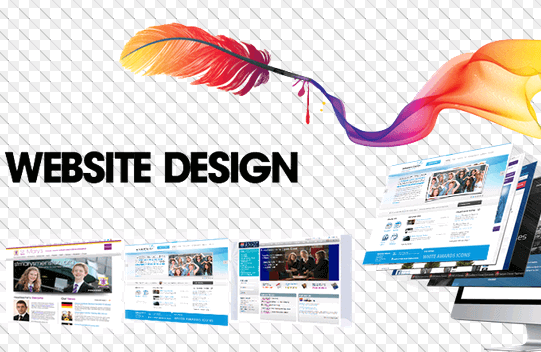Accessibility in Web Design: Making Websites Inclusive for All Users

In today’s digital age, it is crucial to ensure that websites are accessible to all users, including those with disabilities. Web accessibility involves designing and developing websites in a way that allows individuals with disabilities to perceive, navigate, and interact with the content effectively. By prioritizing accessibility in web design, we can create a more inclusive online environment that provides equal access and opportunities for all users.
Understanding Web Accessibility: To begin, let’s explore the concept of web accessibility. It refers to designing websites that can be used and understood by people with disabilities, including visual, auditory, cognitive, and motor impairments. Web Content Accessibility Guidelines (WCAG) 2.1 has become the industry standard for creating accessible websites, outlining principles and success criteria to follow
Designing for Assistive Technologies: Assistive technologies, such as screen readers, screen magnifiers, and alternative input devices, play a crucial role in enabling individuals with disabilities to access and navigate websites. Designing with these technologies in mind ensures compatibility and usability. Considerations include providing clear and logical structures, ensuring keyboard accessibility, and offering alternative text for non-text content like images and multimedia.
Color Contrast and Visual Design: Color plays a significant role in web design, but it’s essential to ensure sufficient color contrast for individuals with visual impairments. Guidelines for color contrast ratios can help designers ensure readability and usability for everyone. Additionally, using alternative design elements like patterns, textures, and icons can enhance accessibility and reduce reliance on color alone.
Structured and Semantic Markup: Using proper HTML markup and structuring content with headings and subheadings not only improves search engine optimization but also assists users with disabilities. Screen readers and other assistive technologies rely on well-organized content to provide a smooth and understandable reading experience. Additionally, labeling form elements and utilizing semantic elements (e.g., <nav>, <article>, <aside>) enhances comprehension and navigation.
User Testing and Feedback: User testing is a vital step in the accessibility design process. Actively involving individuals with disabilities in testing ensures that potential barriers are identified and addressed. Collecting feedback and incorporating user insights into ongoing website improvements further enhances the accessibility of the site. Collaboration with accessibility experts and consultants can provide valuable guidance and support throughout the process.
Conclusion: In conclusion, web accessibility should be a top priority for web designers and developers. By embracing accessible design principles, we can make websites inclusive and enable all users to access information, engage with content, and participate fully in the digital world. Prioritizing accessibility not only benefits individuals with disabilities but also enhances the user experience for all users. Let’s work together to create a web that is accessible and inclusive for everyone.





